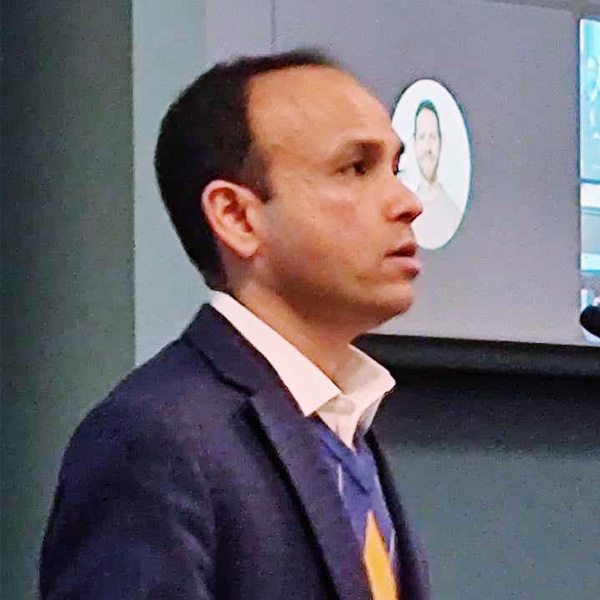Texas Gov. Greg Abbott on Jan. 19 appointed Thomas Gleeson, the Public Utility Commission’s executive director and a 15-year staffer, to chair the PUC in a term that expires Sept. 1, 2029.
Gleeson replaces Kathleen Jackson, who has served as the PUC’s interim chair since June. The appointment also brings the commission to four members, one short of capacity.
In a statement supplied by the PUC, Gleeson said he was “deeply honored” by the appointment and that his three years as the commission’s executive director had prepared him for the moment.
“I know full well the magnitude of the responsibility being placed upon me,” Gleeson said. “The [PUC’s] work touches every Texan by ensuring reliable, affordable and accessible electric, water and telecom service. I look forward to working with my fellow commissioners and the extraordinary [PUC] team … to continue strengthening utility services critical to the daily lives of all Texans.”
“Thomas Gleeson’s longtime service at PUC and wealth of knowledge make him the ideal choice for chair of the commission,” Abbott said in a statement.
Texas lawmakers overhauled the PUC after the disastrous and deadly winter storm in 2021, raising the commission’s membership from three to five and serving staggered, six-year terms. Prior to that, the commissioners reached quorum under the state’s open meeting laws when in one-on-one discussions with each other.
However, Chair Peter Lake’s resignation in June and Will McAdams’ in December reduced the PUC to three commissioners. (See McAdams Honored During Last Texas PUC Meeting.)
A veteran of 15 years on the commission staff, Gleeson was named the commission’s executive director in December 2020. He previously served as the commission’s COO, as its director of finance and administration, and as a fiscal project manager. Gleeson also was a legislative analyst for the Texas Senate and a budget analyst for the Legislative Budget Board.
He holds a bachelor’s degree in business administration from Southwestern University and a master’s in public administration from The Bush School of Government and Public Service at Texas A&M University.
Gleeson’s appointment still must be confirmed when the Senate next meets in a special session or during the 2025 Legislature.
Potomac Keeps IMM Contract
The PUC also said Jan. 19 it has finalized a four-year, multimillion-dollar contract with Potomac Economics to serve as ERCOT’s Independent Market Monitor through 2027.
The contract, signed Dec. 28, is not to exceed $22.5 million, with Potomac responsible for any overage.
According to its language, Potomac must hire a director and staff to carry out day-to-day monitoring functions. However, Potomac has agreed to use its “best efforts” to avoid any staffing changes and also to remove any IMM staff the PUC “finds unacceptable for reasons related to their experience, qualifications or performance of services in the [PUC’s] sole discretion.”
The commission must vote during an open meeting to request Potomac to remove the IMM director.
Carrie Bivens resigned as the IMM’s executive director in November. ERCOT pushed back against several of the IMM’s reports last year that indicated the grid operator’s heavy use of ancillary services created artificial supply shortages that produced “massive” inefficient market costs totaling about $12.5 billion through November. (See Bivens Resigns as ERCOT’s Market Monitor.)
ERCOT’s staff plans to revisit its use of ancillary services and report back to stakeholders in April.
David Patton told RTO Insider he expects to announce a director in the very near future. “The search is well underway,” he said. “The IMM team is doing a great job as we search for a new director.”
Potomac has held the ERCOT contract since 2007. It also monitors the ISO-NE, MISO and NYISO markets.
